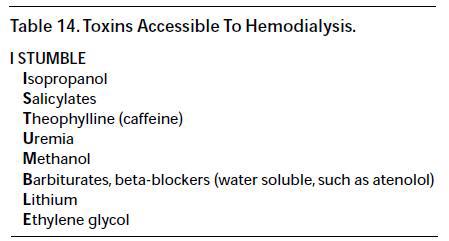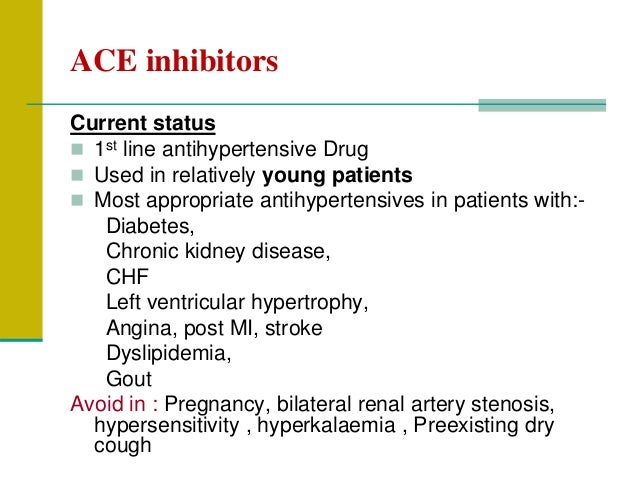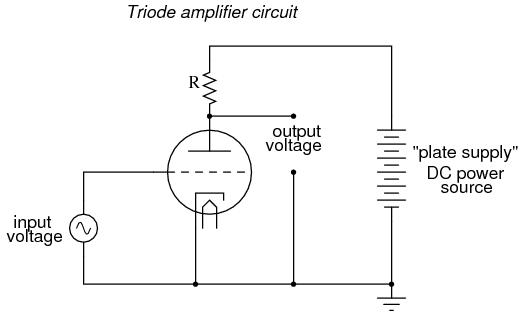Transistor Amplifiers:
For some applications, transistors maybe used instead of electron tubes for amplification purposes.
A transistor is completely different from tube and operates on an entirely different principle.
A transistor is a semiconductor device used to amplify or switch electronic signals and electrical power. It is composed of semiconductor material usually with at least three terminals for connection to an external circuit.
A voltage or current applied to one pair of the transistor's terminals controls the current through another pair of terminals. Because the controlled (output) power can be higher than the controlling (input) power, a transistor can amplify a signal.
A small change in voltage (Vin) changes the small current through the base of the transistor; the transistor's current amplification combined with the properties of the circuit means that small swings in Vin produce large changes in Vout.
Various configurations of single transistor amplifier are possible, with some providing current gain, some voltage gain, and some both.
From mobile phones to televisions, vast numbers of products include amplifiers for sound reproduction, radio transmission, and signal processing.
The first discrete-transistor audio amplifiers barely supplied a few hundred milliwatts, but power and audio fidelity gradually increased as better transistors became available and amplifier architecture evolved.
Modern transistor audio amplifiers of up to a few hundred watts are common and relatively inexpensive.

The major advantages of this amplifier are :
1.Small size
2.Low power consumption.
3.More durability
4 . No cathode heater (which produces the characteristic orange glow of tubes), reducing power consumption, eliminating delay as tube heaters warm up, and immune from cathode poisoning and depletion
5.Very small size and weight, reducing equipment size.
6. Large numbers of extremely small transistors can be manufactured as a single integrated circuit.
7. Low operating voltages compatible with batteries of only a few cells.
8. Circuits with greater energy efficiency are usually possible. For low-power applications (e.g., voltage amplification) in particular, energy consumption can be very much less than for tubes.
9. Inherent reliability and very long life; tubes always degrade and fail over time. Some transistorized devices have been in service for more than 60 years[citation needed] .
10. Complementary devices available, providing design flexibility including complementary-symmetry circuits, not possible with vacuum tubes.
11.Very low sensitivity to mechanical shock and vibration, providing physical ruggedness and virtually eliminating shock-induced spurious signals (e.g., microphonics in audio applications);
Not susceptible to breakage of a glass envelope, leakage, outgassing, and other physical damage.
Disadvantages:
They have a tendency to pick up unwanted signals as compared to vacuum tubes.
This is particularly disavantageous in cases of high fidelity amplifiers.










